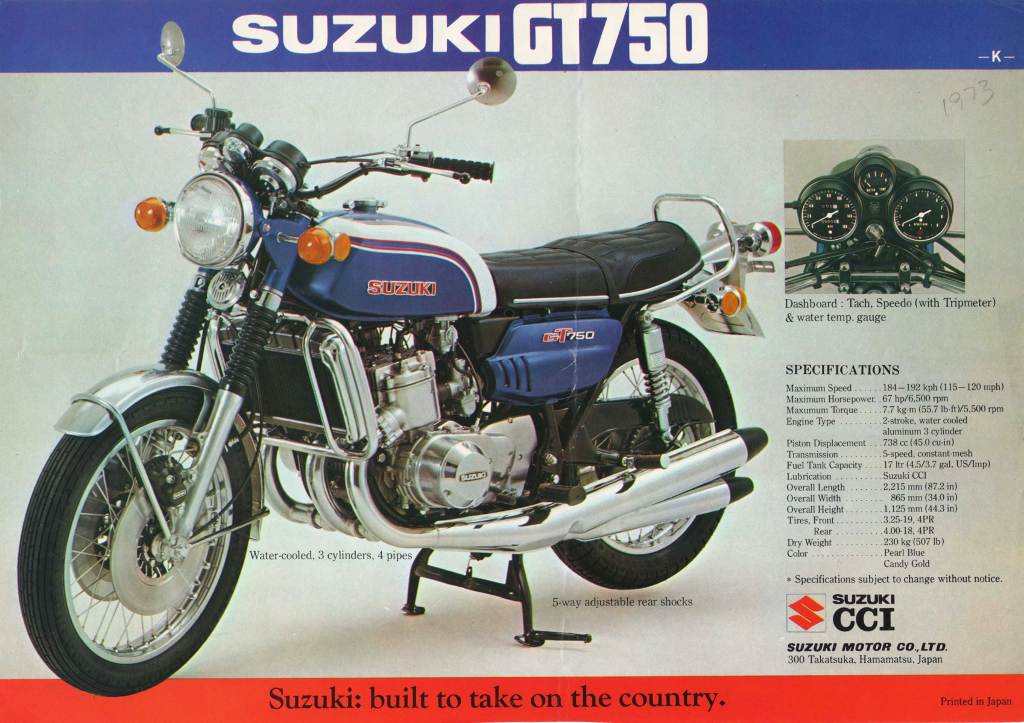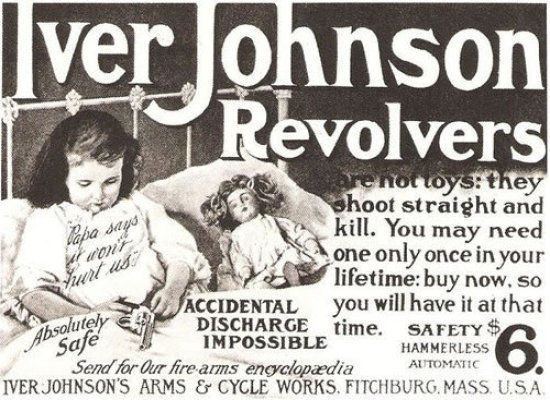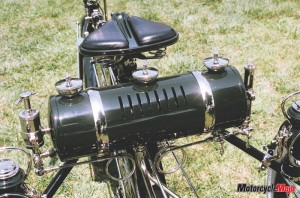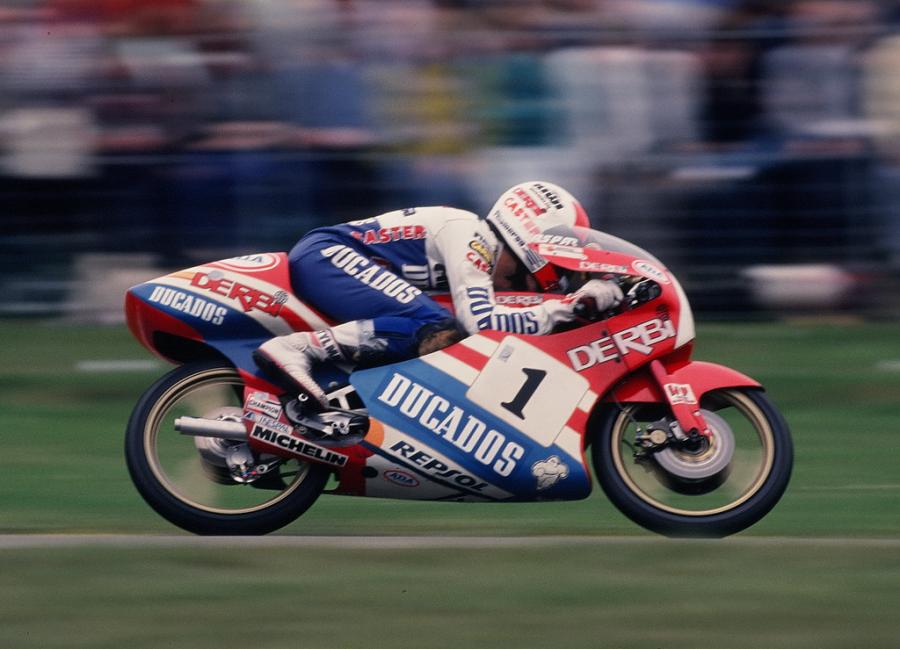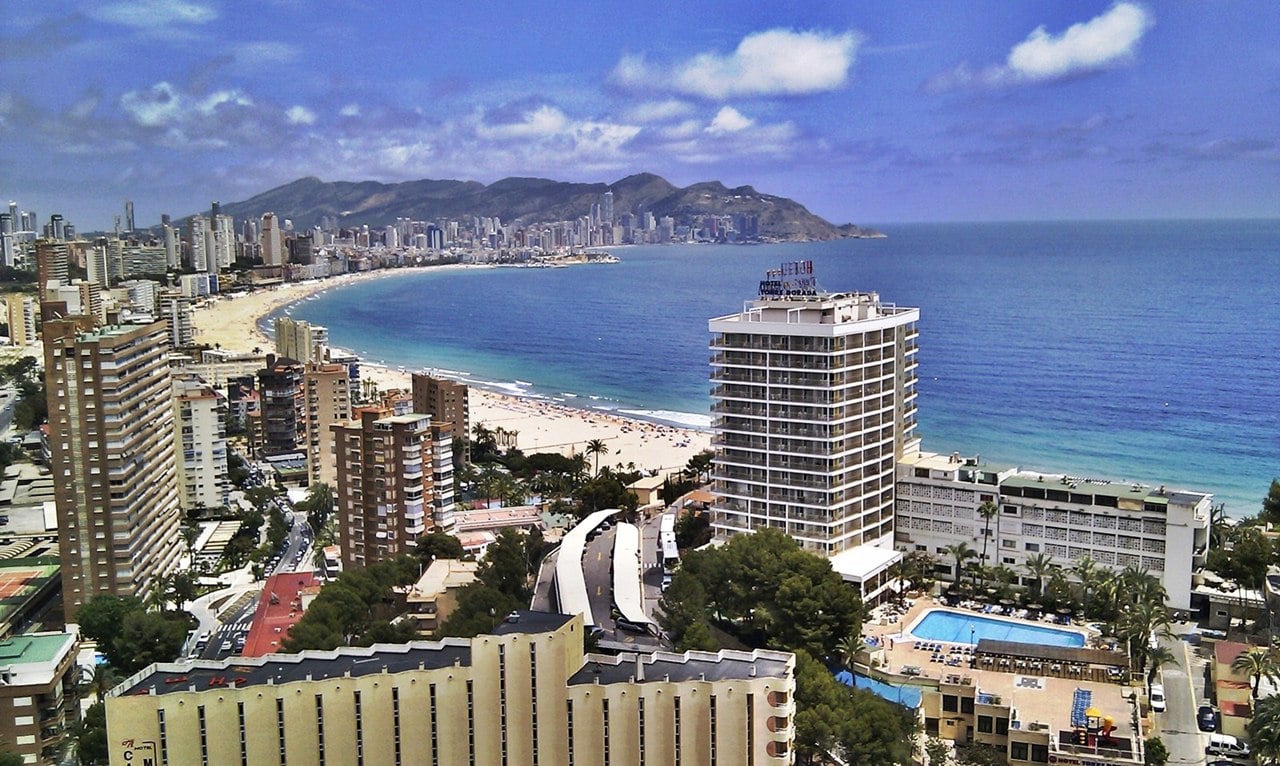

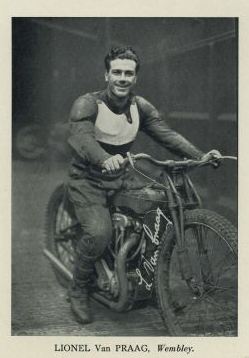


In a Match Race for the ages, Australian Lionel Van Praag wins the inaugural Speedway World Championship at London's Wembley Stadium over England's Eric Langton.
The 1936 Speedway Championship was decided by a run-off when bonus points accumulated in previous rounds by Van Praag and Langton tied them atop the standings.
As they lined up at the tapes to decide the champion, Langton broke them which would ordinarily lead to automatic disqualification. However, Van Praag stated there's no way he was going to win the title by default and insisted that a race should take place. At the restart Langton made it to the first bend in front and led until the final bend on the last lap when Van Praag somehow darted through a pinhole of a gap to win by less than a wheel length.
In 2008, Lionel Maurice Van Praag was inducted into the Australian Speedway Hall of Fame.
Today in motorcycle history proudly supports the National Association for Bikers with a Disability (NABD). www.nabd.org.uk







